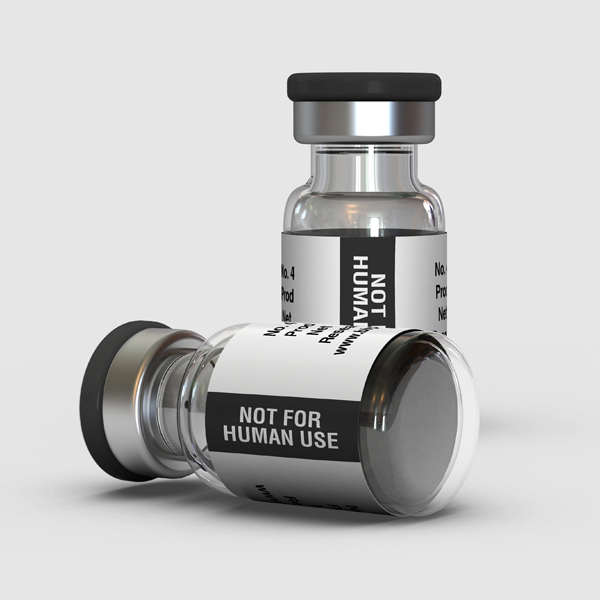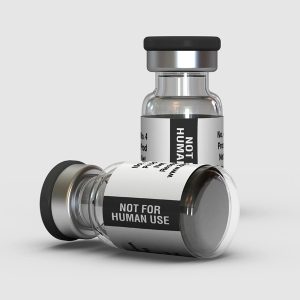Description
Sermorelin is a GHRH (growth hormone–releasing hormone) peptide analogue. Its peptide sequence is comprised of 29 amino acids. This sequence is a portion of the endogenous human GHRH, and is currently considered to be the shortest synthetic peptide that possesses the full array of functional GHRH activity. Due to this fact, sermorelin is considered to be a growth hormone secretagogue.
Sermorelin has been used during research to stimulate the secretion of growth hormone from the adenohypophysis (also called the anterior pituitary). The anterior pituitary secretes trophic hormones. Sermorelin has also been used in research stimulation tests to assess for pituitary sufficiency in relation to the secretion of the growth hormone.
Growth hormone–releasing hormone
GHRH is 44 amino-acids polypeptide that stimulates the secretion of growth hormone from the adenohypophysis. It is also called somatocrinin or somatoliberin. It is produced in the cell bodies of periventricular arcuate neurons, and thereafter transported to the neurosecretory terminals of the neurons where they are released. The arcuate neurons do form part of the hypothalamo-hypophyseal portal system. Their release from the neurosecretory terminals occur in a pulsatile fashion and it thus follows that growth hormone (GH) release also occurs in a corresponding pulsatile fashion. GHRH binds to a secretin-type G-protein coupled serpentine receptor called the GHRH-receptor (GHRHR).
Binding causes the receptor to activate both the cAMP (cyclic Adenosine Monophosphate)-dependent pathway and the phospholipase C (PLC) pathway. The terminal downstream actions of the cAMP-dependent pathway do upregulate the transcription of both the GH and GHRHR genes thereby providing a positive feedback loop that amplifies the production of GH. The GH produced is thereafter packaged in secretory vesicles. The downstream actions of the PLC pathway results in both Na+-voltage-dependent and Ca2+-dependent fusion of the secretory vesicles with the plasma membrane thereby releasing GH into the bloodstream.
The actions of GH ensure an optimal well-regulated post-natal growth. GH also promotes efficient energy metabolism. Studies have also shown that GHRH directly promotes slow wave NREM (non-rapid eye movement) sleep, and thus GHRH insufficiency causes a reduction in the amount and intensity of slow wave NREM sleep which results in either insomnia or dysomnia (sleep disorders that causes sleep to lose its restorative capacity). Studies have also shown that GHRH inhibits the actions of somatostatin. Somatostatin is a polypeptide hormone that inhibits GH secretion from the adenohypophysis. Both GHRH and somatostatin are produced in the same neuron but they are released in alternation to each other thereby resulting in the pulsatile release of GH from the neuron.

